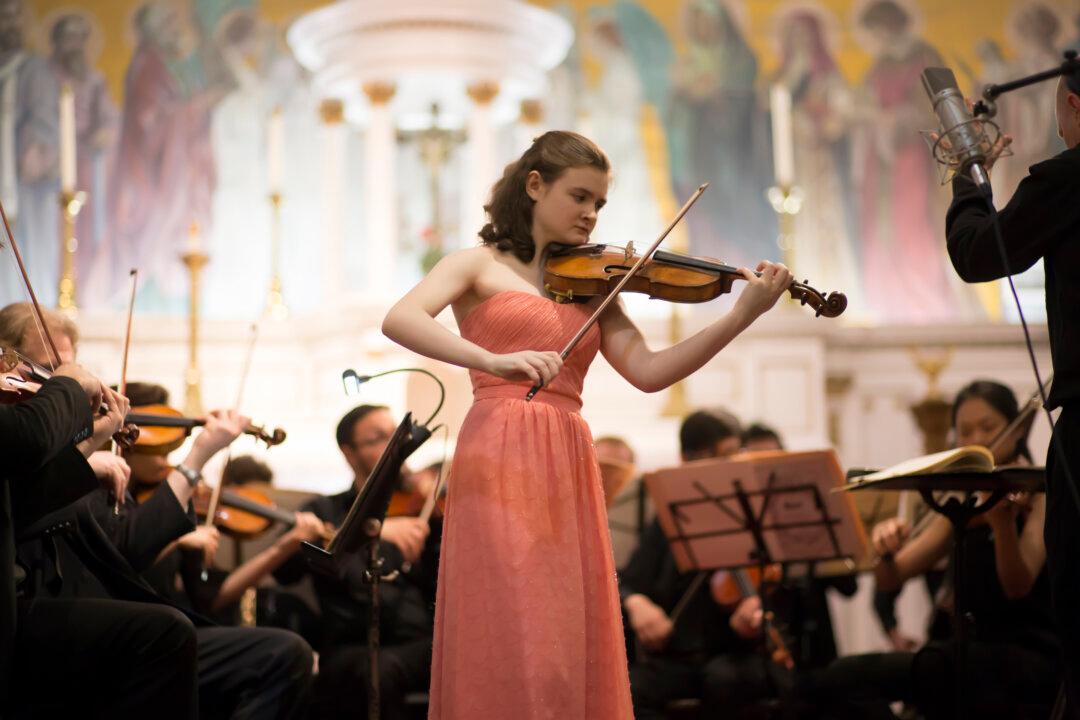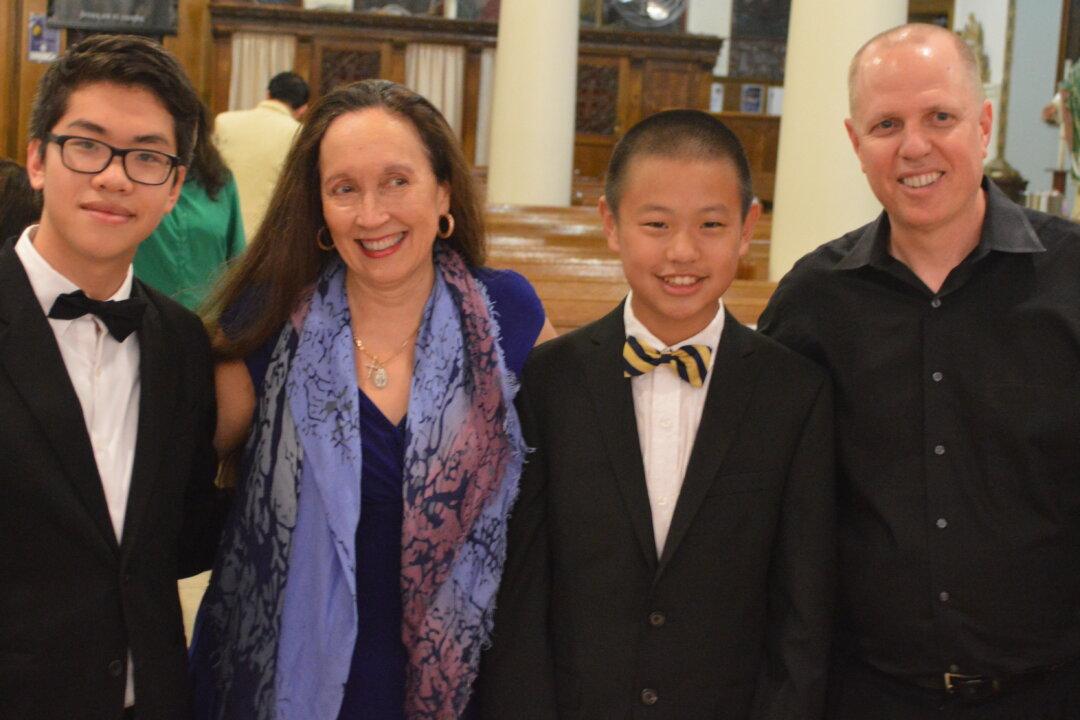NEW YORK—A surprise guest appearance by the star of the classic musical “Finian’s Rainbow” was a highlight of the New York Concerti Sinfonietta’s Oct. 15, 2016 concert at Carnegie Hall’s Weill Recital Hall.
Tony-nominated Melissa Errico, who first appeared in the lead role of Sharon in 2004, is starring in a revival of the beloved stage musical at New York’s Irish Repertory Theatre, which runs through Dec. 18.
In addition, seven 2016 International “Shining Stars” debuts were presented by the Sinfonietta at Carnegie. Three winners had ties to Ireland, while four others represented various ethnicities. The concert went from strength-to-strength: the quality of the soloists was uniformly high, capped by the unexpected appearance of a distinguished singing actress in Irish-themed repertory.
‘Finian’s Rainbow’ Glows






